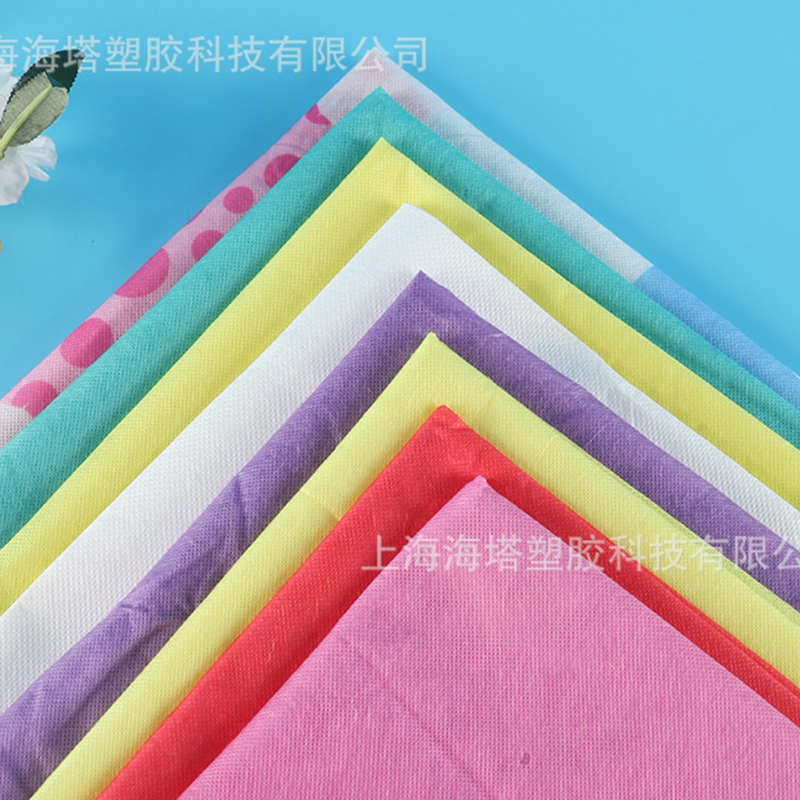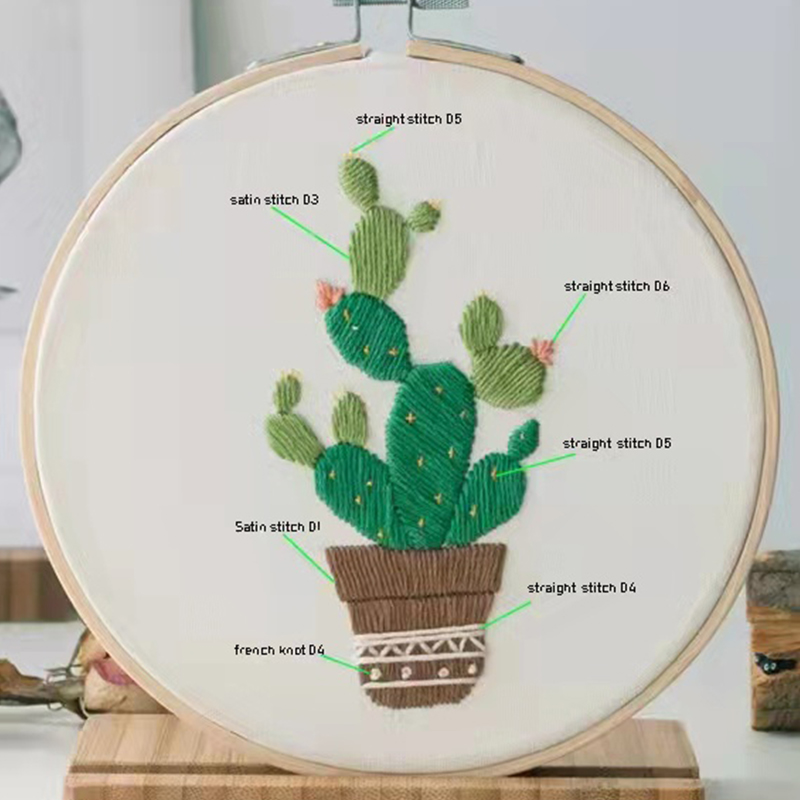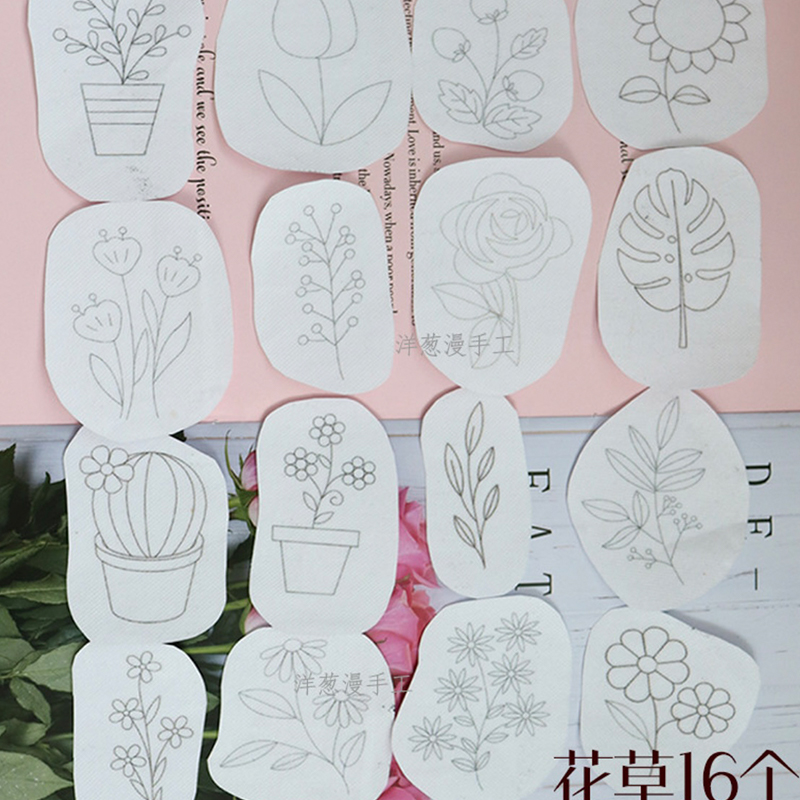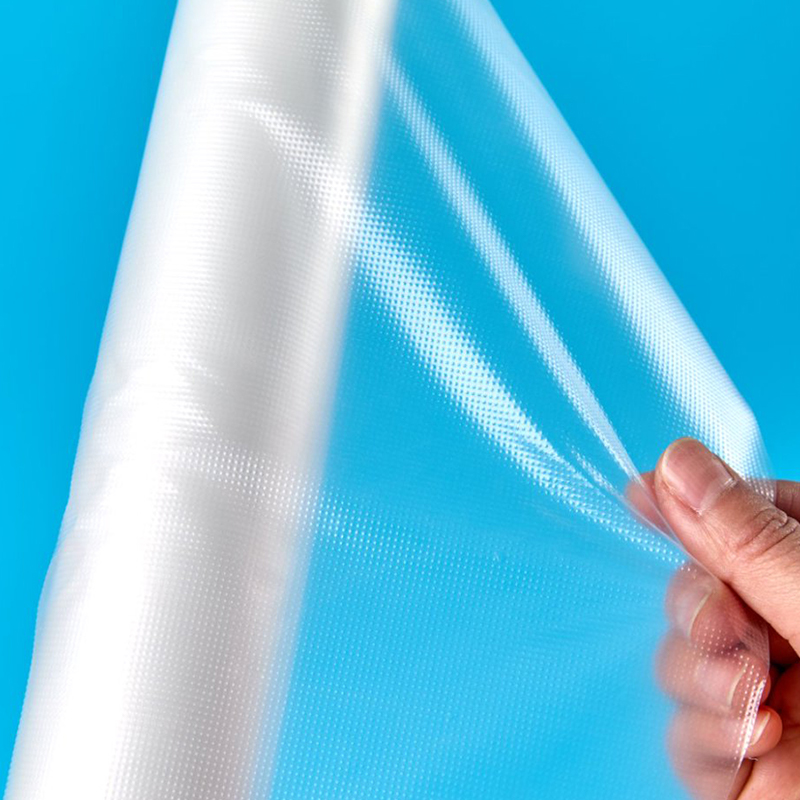As an important auxiliary material in the embroidery industry, the quality of self-adhesive water-soluble non-woven fabrics is directly related to the final effect of embroidery products. In the production process, fiber breakage is a technical problem that needs to be focused on. It not only affects the appearance and feel of the product, but also reduces the mechanical strength of the water-soluble non-woven fabric and the supporting performance during the embroidery process.
Analysis of the main causes of fiber breakage
The fiber breakage problem in the production process of self-adhesive water-soluble non-woven fabrics mainly comes from the following aspects:
Improper selection of raw materials is the primary factor leading to fiber breakage. Water-soluble non-woven fabrics usually use polyvinyl alcohol (PVA) fibers or modified cellulose fibers as the main raw materials. The water-soluble properties of these materials make their mechanical strength relatively low. If the degree of polymerization of the raw materials is insufficient or the molecular weight distribution is uneven, the fibers are very likely to break during subsequent processing.
Irrational setting of production process parameters will also lead to fiber breakage. The production of water-soluble non-woven fabrics mainly includes three key processes: fiber web formation, bonding reinforcement and self-adhesive coating. In the fiber web forming stage, excessive carding intensity of the carding machine will damage the fiber; in the thermal bonding stage, excessive temperature will cause the fiber to soften or even melt excessively, and excessive pressure will directly cause the fiber to break. Our R&D team has optimized the parameters of each process through a large number of experiments to minimize fiber damage while ensuring product strength.
Poor environmental humidity control has a particularly significant impact on water-soluble fibers. Since water-soluble fibers are hygroscopic, excessive humidity in the production environment will soften the fibers prematurely and reduce their tensile strength; too low humidity will increase the fiber brittleness, making it easier to break during processing.
Key control points in the production process
In response to the above problems, the following key control points need to be paid special attention to when producing self-adhesive water-soluble non-woven fabrics:
Fiber web forming process is the primary link that affects fiber integrity. Using “gentle carding” technology to optimize the carding machine’s card clothing configuration and speed can significantly reduce fiber damage. Our research shows that controlling the carding machine speed within the range of 800-1000rpm and using elastic card clothing with moderate density can achieve good fiber dispersion while avoiding excessive pulling. The large-scale water-soluble non-woven fabric production line is equipped with imported high-precision combing equipment. The equipment operation status is monitored in real time through the self-developed ERP management system to ensure the stable quality of the web.
The selection of the bonding reinforcement process is crucial to prevent fiber breakage. Compared with the traditional hot rolling process, the low-melting point two-component fiber hot air bonding technology causes less damage to the fiber. This technology uses core-sheath structure composite fibers, and the sheath layer is melted by hot air to achieve inter-fiber bonding, avoiding mechanical damage to the fiber by high pressure. Our experimental data shows that the hot air temperature is controlled between 110-130℃, and the wind speed is evenly distributed in the range of 3-5m/s, which can achieve an ideal bonding effect and a fiber breakage rate of less than 2%. The hot melt film coating production line owned by the company can accurately control the hot air temperature and distribution, providing hardware guarantee for the production of high-quality water-soluble non-woven fabrics.
The construction of the self-adhesive coating is the last key process. The traditional scraping method is easy to damage the fiber web structure, while the micro-gravure coating technology can greatly reduce the mechanical stress during the coating process. Our R&D team determined the optimal coating parameters through repeated experiments: the number of lines of the anilox roller is controlled at 80-100 lines/cm, the coating speed is maintained at 15-20m/min, and the viscosity of the adhesive is adjusted to 3000-5000cps. Under this condition, the uniform coating of the adhesive can be guaranteed, and the fiber will not break due to mechanical force. The coating production line of Anhui Haita New Material Technology Co., Ltd. is equipped with a high-precision tension control system to ensure that the fiber web is evenly stressed during the coating process, effectively avoiding fiber breakage caused by local stress concentration.
Technological innovation and quality assurance
In order to continuously improve product quality, Anhui Haita New Material Technology Co., Ltd. has made a number of technological innovations in preventing fiber breakage:
Fiber reinforcement technology is an important breakthrough of our R&D team. By evenly dispersing nanocellulose crystals in PVA fibers, the mechanical strength of the fiber can be improved without affecting water solubility. The test results show that the elongation at break of the modified fiber is increased by more than 30%, significantly enhancing its ability to resist mechanical stress during the production process. The company’s team of polymer science experts continues to optimize this technology and has applied for a number of related patents.
The introduction of the online monitoring system enables real-time quality control of the production process. We installed high-resolution cameras and image analysis systems on the production line, which can instantly detect fiber breakage in the fiber web and automatically adjust process parameters through the central control system. This system is seamlessly connected with the company’s self-developed ERP management system, realizing full quality traceability from raw materials to finished products.
The development of environmentally friendly adhesives is another important innovation. The pressure-sensitive adhesives used in traditional self-adhesive coatings often require strong solvent dilution, which will erode water-soluble fibers and reduce strength. The water-based environmentally friendly adhesive we developed is not only non-toxic and harmless, but also has excellent compatibility with PVA fibers and will not damage the fiber structure during construction. This technology fully reflects the company’s dual pursuit of product quality and environmental protection.
User use suggestions and after-sales service
Although various measures have been taken during the production process to prevent fiber breakage, users still need to pay attention to the following matters when using self-adhesive water-soluble non-woven fabrics:
Preparation before embroidery is equally important to prevent fiber breakage. It is recommended to open the product at room temperature to avoid fiber embrittlement due to sudden changes in the environment. When embroidering, you should choose the appropriate embroidery needle according to the characteristics of the fabric. Too sharp or rough needles will increase the risk of fiber breakage.
Embroidery parameter settings need special attention. The tension of the embroidery machine should not be too large, and the needle speed should be controlled at 600-800 rpm. For particularly fine patterns, a layered embroidery method can be used to reduce the load of a single layer of non-woven fabric. The company’s products have been strictly tested, and the fiber breakage rate can be controlled below 0.5% under reasonable conditions of use, ensuring the perfect presentation of the embroidery pattern.
Storage conditions directly affect product performance. It is recommended to store unused self-adhesive water-soluble non-woven fabrics in a cool and dry place with a relative humidity between 45%-65%. Anhui Haita New Material Technology Co., Ltd. uses moisture-proof packaging, and each roll of products is equipped with a desiccant to ensure that they remain in the best condition during transportation and storage.

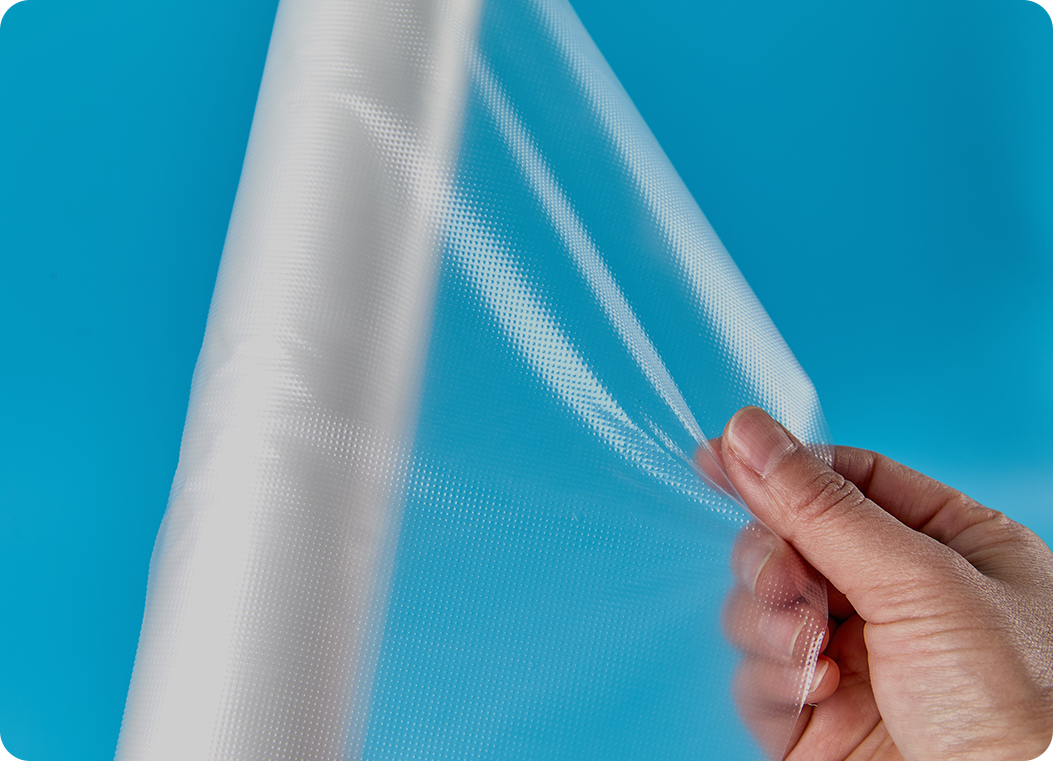



 English
English 中文简体
中文简体 Türk
Türk